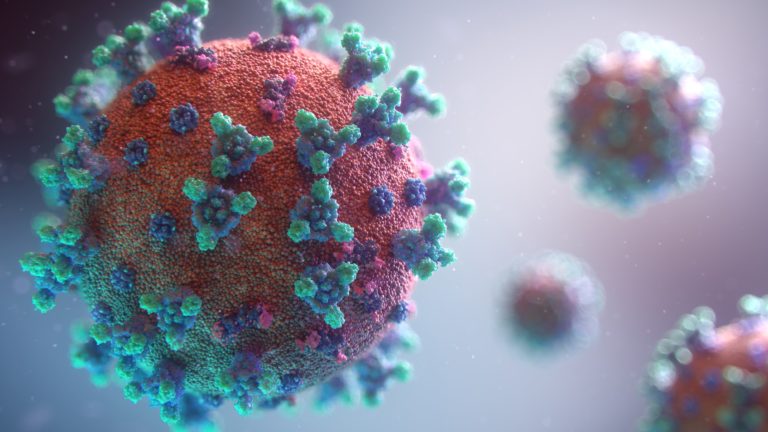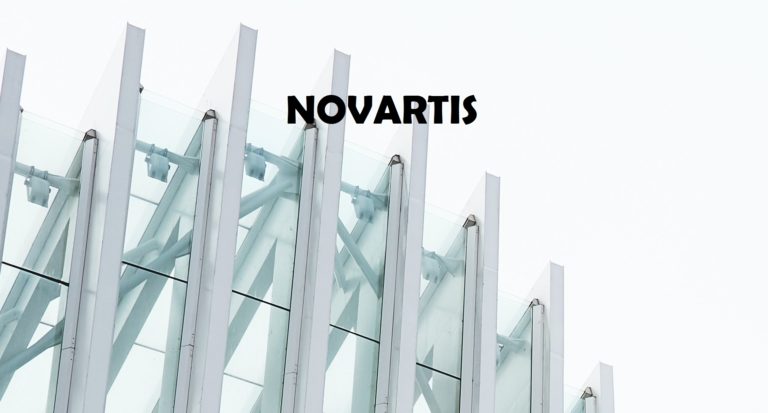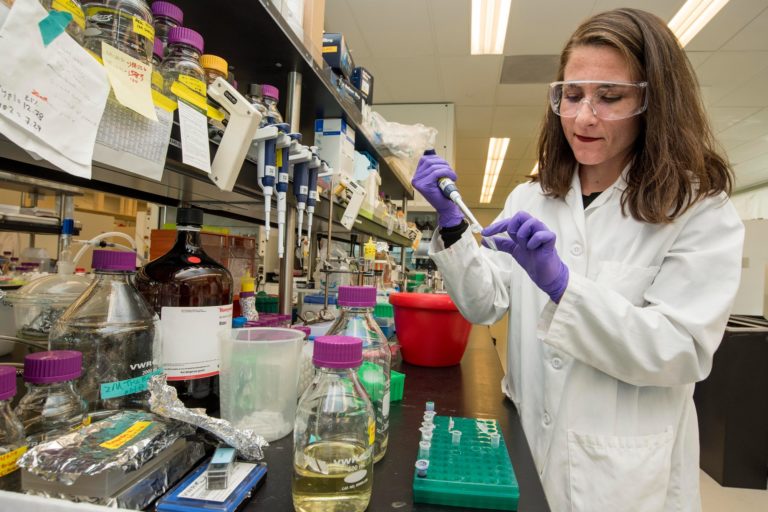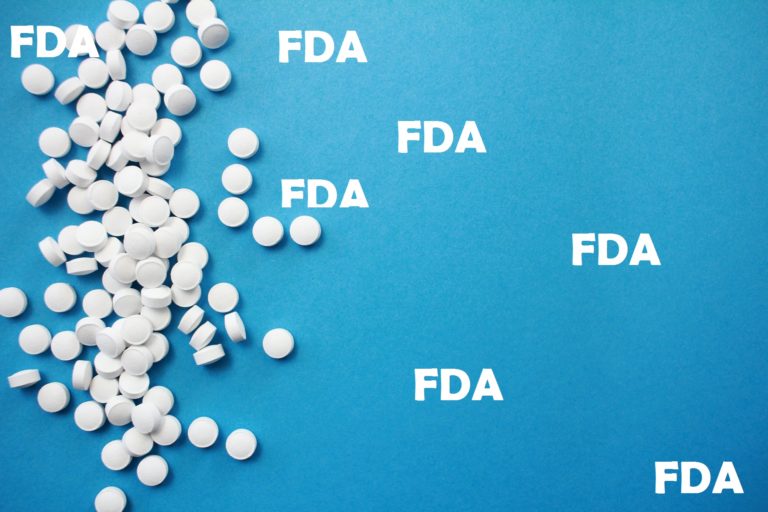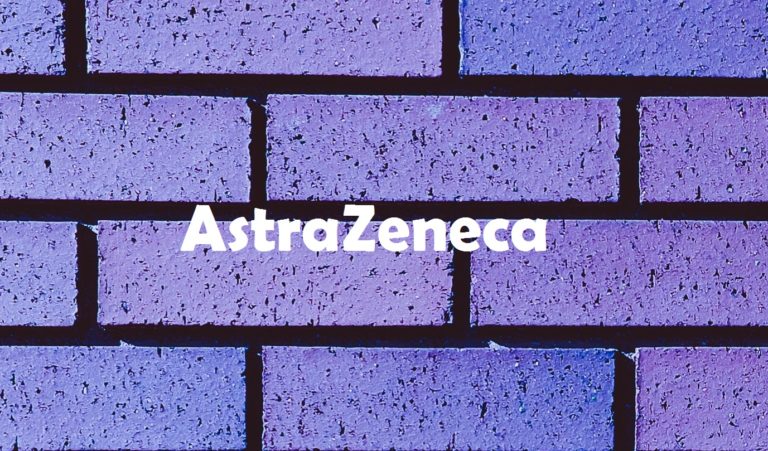“As we all know in clinical trials are mainly conducted in five phases viz. Phase I, Phase II, Phase III and Phase IV.
Phase I in clinical trials primarily aim to determine the safety, tolerability and pharmacokinetics (PK) of investigational product.
The Phase I trials are normally conducted in the following sequence: single ascending dose, multiple ascending doses, an examination of the preliminary effect of the food on exposure, and any potential drug-drug interaction, with assessments to determine the effect of gender, age, bioavailability and bioequivalence performed as required.
Formerly Phase I trials were referred to as “first-in-man studies” but the field generally moved to the gender-neutral language phrase “first-in-humans” in the 1990s; These trials are the first stage of testing in human subjects.
During phase I of a clinical trial, investigators spend several months looking at the effects of the medication on about 20 to 80 people who have no underlying health conditions.
In addition to evaluating safety and ideal dosage, investigators also look at the best way to administer the drug, such as orally, intravenously, or topically.
According to the FDA, approximately 70 percent Trusted Source of medications move on to phase II.
Phase I trials usually include dose-ranging, also called dose escalation studies, so that the best and safest dose can be found and to discover the point at which a compound is extremely poisonous to administer.
The tested range of doses will habitually be a fraction[quantify] of the dose that caused harm in animal testing.
Phase I trials can be further divided into Single ascending dose (Phase Ia) and Multiple ascending doses (Phase Ib)
Single ascending dose (Phase Ia)
A small group of subjects/healthy volunteers receive a single dose of study drug while being observed and tested for a period of time to confirm safety and characterize the PK of the study drug, where safety and PK assessments are done for a predefined time.
How Single Ascending dose studies (SAD) are designed for the Clinical Trials
The SAD study follows the following steps –
Initially a small number of healthy volunteers (usually n~3 to 5) are dosed with one particular dose (x1)
If there are no adverse events and the PK data are roughly in line with predicted safe values: the dose (x2) is escalated, either within the same group or a further group of healthy subjects who are then given the higher dose (x2).
Dose escalation continues till the maximum dose was attained as per protocol unless a predefined maximum exposure is reached or unacceptable side effects were apparent.
Dose escalation proceeds according to the protocol assuming strict safety and PK criteria are met.
If unacceptable toxicity is observed in any of the three participants, an additional number of volunteers, are treated at the same dose
TIt is maintained until pre-calculated thresholds of pharmacokinetic efficacy are achieved, or unacceptable side effects begin to occur (where the medication is claimed to have exceeded the maximum tolerated dosage [MTD])
If anIf there is an additional unacceptable toxicity, the dose escalation will be terminated and this dose, or perhaps the previous dose, will be considered as the maximum tolerated dose.
This particular design assumes that when approximately 1/3 of the subjects report unacceptable toxicity, the maximally tolerated dose occurs. There are variations to this design but the majority are similar.
In addition to the above, the dose escalation may be discontinued (or proceeded more cautiously than planned) if there is evidence of a supra-proportional dose-to-exposure relationship, i.e. exposures at higher dose levels become difficult to predict.
Single ascending dose (Phase Ia)
A small group of subjects/healthy volunteers receive a single dose of study drug while being observed and tested for a period of time to confirm safety and characterize the Pk of the study drug, where safety and PK assessments are done for a predefined time.
How Single Ascending dose studies (SAD) are designed for Clinical Trials
The SAD study follows the below steps –
Initially a small number of healthy volunteers (usually n~3 to 5) are dosed with one particular dose (x1)
If there are no adverse events and the PK data are roughly in line with predicted safe values: the dose (x2) is escalated, either within the same group or a further group of healthy subjects who are then given the higher dose (x2).
Dose escalation continues until the maximum dose was attained as per protocol unless a predefined maximum exposure is reached or unacceptable side effects were apparent.
Dose escalation proceeds according to the protocol assuming strict safety and PK criteria are met.
If unacceptable toxicity is observed in any of the three participants, an additional number of volunteers, are treated at the same dose
This is continued until pre-calculated pharmacokinetic safety levels are reached, or intolerable side effects start showing up (at which point the drug is said to have reached the maximum tolerated dose [MTD])
If an additional unacceptable toxicity is observed, then the dose escalation is terminated and that dose, or perhaps the previous dose, is considered as the maximum tolerated dose.
This particular design assumes that the maximally tolerated dose occurs when approximately 1/3rd of the subjects report unacceptable toxicity. Variations to this design do exist, but most are similar ones.
Apart from the above, the dose escalation can be discontinued (or proceed more cautiously than planned) if there is evidence of a supra-proportional relationship between dose and exposure, i.e. exposures at higher dose levels become difficult to predict. Usually, these make the Phase 1a studies.
https://www.linkedin.com/pulse/single-ascending-dose-multiple-amlan-kumar-pradhan/
Benefits of Single Ascending dose study
Benefits of SAD studies mainly include sequential groups in a parallel design for the maximum exposure or have a crossover design to provide more information on dose linearity.
Studies are regularly placebo controlled to determine whether effects observed are due to the study drug or environmental conditions, and are often conducted in a single (subject) blinded manner to allow informed decision on dose escalation, with safety and PK data being accessible for investigator review.
Multiple ascending dose (Phase Ib)
Multiple ascending dose studies investigate the pharmacokinetics and pharmacodynamics (PK and PD) of multiple doses of the drug, looking at safety and tolerability. (in nutshell Mad studies check for safety/tolerability and PK/PD)
How Multiple Ascending dose studies (SAD) are designed for Clinical Trials
The MAD study follows the below steps –
The dose levels and dosing intervals (i.e., time between successive doses) are selected based on the prediction from the single dose study data (safe dose/MTD).
The dose is consequently escalated for further groups, up to a predetermined level.
Dose levels and dosing frequency are chosen in order to achieve therapeutic drug levels within human systemic (blood) circulation which is maintained at steady state for several days to allow appropriate safety parameters to be monitored.
This involves enrolment of healthy volunteers or patients depending on the results from the SAD studies or can be an extension of SAD study as well.
A group of healthy volunteer/patients receive multiple low doses of the drug, while samples (of blood and other fluids) are collected at various time points and analysed to obtain information on ‘how drug is processed within the body.”
Blood samples are collected and analysed from study participants to allow the determination of PK profiles and a improved understanding of how the drug is processed by the body; with multiple dosing, a important part of the PK analysis is to identify if accumulation of the drug occurs.
Benefits of Multiple Ascending dose study
Most recently, to minimize the costs of product production and time to market, the above designs have been merged into single modular protocols that provide sufficient dosing periods that allow for analysis of safety and/or PK results before continuation of the trial, i.e., we may have SAD and MAD in the same research design. Sometimes it also includes an assessment of food effect. Usually, that is the practice being followed in clinical trials now.
conclusion
Apart from identifying the pharmacokinetic and pharmacodynamics natures of the trial molecule, the SAD and MAD study designs also highlight on safety and tolerability of the subjects participating in the Clinical Trials.
They also help in identifying the intolerable side effects of any drug molecule at a particular dose level and define maximum tolerated dose.”
https://www.cancerresearchuk.org/about-cancer/find-a-clinical-trial/what-clinical-trials-are/phases-of-clinical-trials#phase1

